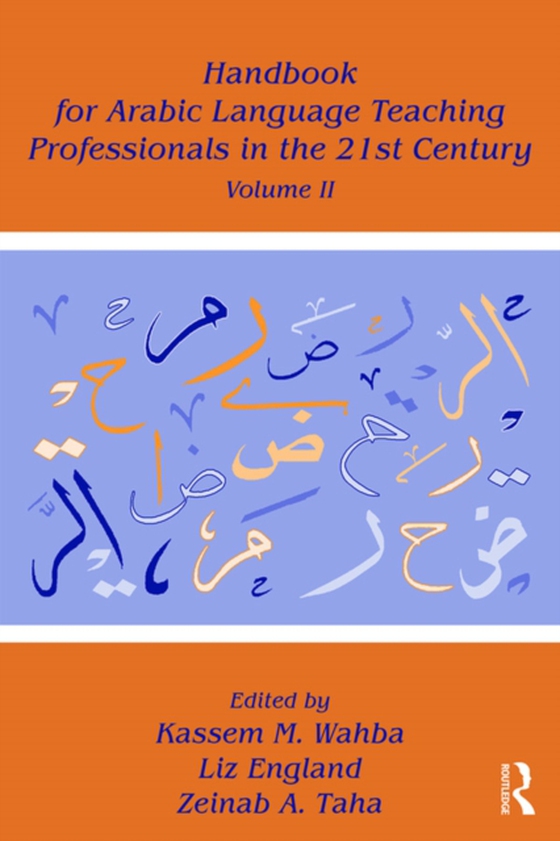
Handbook for Arabic Language Teaching Professionals in the 21st Century, Volume II e-bog
875,33 DKK
(inkl. moms 1094,16 DKK)
Drawing on the collective expertise of language scholars and educators in a variety of subdisciplines, the Handbook for Arabic Language Teaching Professionals in the 21st Century, Volume II, provides a comprehensive treatment of teaching and research in Arabic as a second and foreign language worldwide. Keeping a balance among theory, research and practice, the content is organized around 12 th...
E-bog
875,33 DKK
Forlag
Routledge
Udgivet
6 juli 2017
Længde
434 sider
Genrer
2CSR
Sprog
English
Format
epub
Beskyttelse
LCP
ISBN
9781317384199
Drawing on the collective expertise of language scholars and educators in a variety of subdisciplines, the Handbook for Arabic Language Teaching Professionals in the 21st Century, Volume II, provides a comprehensive treatment of teaching and research in Arabic as a second and foreign language worldwide. Keeping a balance among theory, research and practice, the content is organized around 12 themes: Trends and Recent Issues in Teaching and Learning ArabicSocial, Political and Educational Contexts of Arabic Language Teaching and LearningIdentifying Core Issues in PracticeLanguage Variation, Communicative Competence and Using Frames in Arabic Language Teaching and LearningArabic Programs: Goals, Design and CurriculumTeaching and Learning Approaches: Content-Based Instruction and CurriculumArabic Teaching and Learning: Classroom Language Materials and Language CorporaAssessment, Testing and Evaluation Methodology of Teaching Arabic: Skills and ComponentsTeacher Education and Professional DevelopmentTechnology-Mediated Teaching and LearningFuture DirectionsThe field faces new challenges since the publication of Volume I, including increasing and diverse demands, motives and needs for learning Arabic across various contexts of use; a need for accountability and academic research given the growing recognition of the complexity and diverse contexts of teaching Arabic; and an increasing shortage of and need for quality of instruction. Volume II addresses these challenges. It is designed to generate a dialogue-continued from Volume I-among professionals in the field leading to improved practice, and to facilitate interactions, not only among individuals but also among educational institutions within a single country and across different countries.
 Dansk
Dansk

